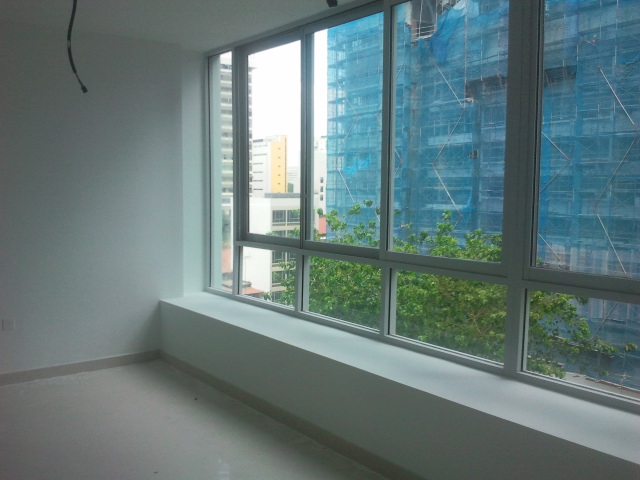
If you’re a homeowner, you’re always worried that at any stage you might have to pay out for huge repair bills. A significant threat for many homeowners in the UK is the possibility of flood damage. Many low lying areas are hugely susceptible to flooding and if your property gets hit by a flood, repairs will end up costing a bucket load.
However, you needn’t despair if your property is in a high risk area, as there are a number of steps you can take in order to limit the extent of any flood damage.
The initial step to take before kitting your property out in anti-flood damage kit is to be aware of all means through which water can enter the property. Floodwater is tricky and can find its way into a property through a variety of routes, including: around and underneath closed doorways, backflow through sewerage pipes and seepage through cable holes and external walls.
It’s very important to buy and install flood products in advance, otherwise you won’t be able to prepare your property in time.
Flood boards are a cheap and effective way of preventing costly flood damage repairs. Purpose-built flood boards can be fastened onto external doors and windows when flooding is expected.
In cases of severe flooding, backflow can occur, so by fitting non-return valves to drains and pipes you will be able to prevent wastewater from flowing into a property during a flood.
Another effective way of preventing the spread of floodwater is by erecting barriers to prevent water flow. If your property is one of many at risk in the nearby area you can co-ordinate your flood defences with them, which should help to cut the costs.
If you need a quick and easy solution then sandbags are a good solution because they require very little preparation to be effective, however, they can often be difficult to find during times of emergency so you’ll want to stock up beforehand.
Our advice is to always be prepared if you property is in a high risk area. No matter how much preparation you put into protecting your property from a flood, there’s very little you can do to prevent flooding entirely, especially in very severe cases. However, by undertaking these preparatory measures, the costs of any flood damage repairs should be lessened significantly.
It is estimated that around 1.5 million homes in the UK alone experience problems with moths, and it’s an issue that is getting worse. With central heating, the moth life cycle has now become active all year around, and it seems that inner cities are the worst hit areas. Finding moths can cause significant distress. Problems range from disgust at moth larvae in rugs, horror at holes in expensive jumpers, worry about wool carpets to food moths in kitchen cupboards.
Here are some tips on how to stop carpet moths –
1. CLEAN – Move furniture away from edges of the rug/carpet and thoroughly vacuum (both sides if possible), paying particular attention to skirting boards and crevices
2. KILL – Use moth spray on the rug/carpet deep into the pile and on the underside if possible to kill any eggs and / or larvae – also consider foggers for severe moth infestations, producing an insecticide smoke that pests cannot avoid
3. MONITOR – Place moth traps close to affected areas to monitor for adult moths and to break the breeding cycle
4. REFRESH – Vacuum deep into edges regularly, keep moth traps current and replace every 3 to 6 months and consider respraying regularly – with warmer houses carpet moth damage and infestations are now a year-round problem. Prevention is better than cure.
A recent feature in early 2012 about Moth Prevention on the BBC’s THE ONE SHOW and several related discussions on BBC RADIO 2 over the past year highlight just how widespread the problem has become. Good luck, and happy moth-free living!
